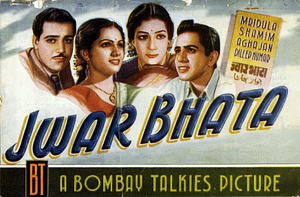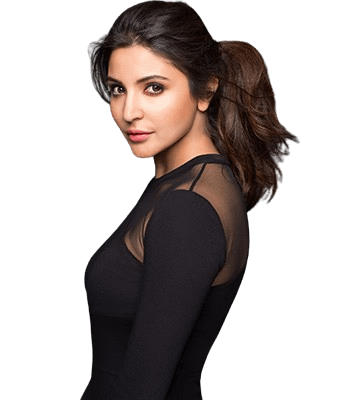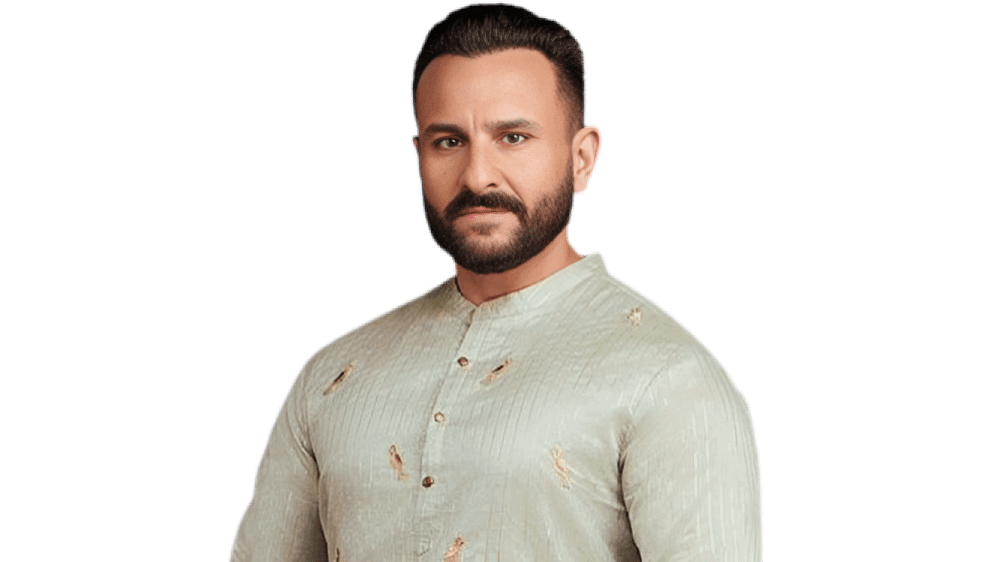Dilip Kumar Jwar Bhata film.
- 🎬 Historical Backdrop

Released on 29 November 1944 by Bombay Talkies, Jwar Bhata—directed and co-written by Amiya Chakravarty—is a black-and-white romantic drama notable for introducing what would become one of Indian cinema’s greatest icons: Dilip Kumar. Though it didn’t fare well commercially, the casting choices reveal much about the studio system, storytelling conventions, and star-making machinery of 1940s Bollywood.
- Casting Vision and Studio Strategy
Bombay Talkies’ Role
Bombay Talkies, founded by Devika Rani and Himanshu Rai, was pivotal in shaping early Bollywood aesthetics. Known for grooming talent from diverse backgrounds, the studio discovered Yusuf Khan—later Dilip Kumar—during a chance encounter in Nainital. Devika Rani and Chakravarty saw his charisma and invited him for a screen test.
Amiya Chakravarty’s Influence
As director and writer, Chakravarty held immense sway in casting. Already connected with literary and theatrical circles in Calcutta and Bombay, he sought actors who could deliver expressive melodrama. In entrusting debut roles to untested faces like Dilip Kumar and pairing them with seasoned performers, he merged novelty and stability.
- Principal Cast: Profiles & Significance
Dilip Kumar (Jagdish)
- Background: Born Yusuf Khan, he was a modest college student before being discovered in 1943. Chakravarty rechristened him “Dilip Kumar.”
- Screen Presence: Portrayed the wandering musician Jagdish. While critics initially panned him as “gaunt” and “anaemic,” this role laid the groundwork for his famously understated, tragic style.
- Future Impact: Despite a lukewarm start, he would evolve into the “Tragedy King,” delivering powerful performances in Milan (1946), Andaz (1949), and other classics.
Shamim Bano (Rama)
- Profile: A Lahore-born actress and singer fluent in Urdu, Shamim began her career in the late 1930s.
- On-Screen Character: Played Rama, the obedient, pregnant elder sister. Her emotional range provided a strong foil for the more impulsive heroine.
- Career Arc: After Jwar Bhata, she migrated to Pakistan post-Partition and continued working as an actress and singer.
Mridula Rani (Renu)
- Profile: A trained stage and radio actor under Bombay Talkies, she was known for her expressive and emotive acting.
- Character Significance: As Renu—whose rebellious act and phenomenal redemption form the story’s emotional core—she carries much of the film’s dramatic weight.
- Acting Style: Balanced vulnerability and intensity, showcasing the confidence of a seasoned performer.
Aga (Aga Jaan/Narendra)
- Profile: A character actor often cast as suave villains or aristocratic leads, known for his strong voice and screen presence.
- Role: The disguised millionaire who mistakenly marries Renu instead of Rama. His performance adds humor, confusion, and emotional collision to the plot.
- Notability: His presence demarcated him as a reliable supporting actor capable of nuanced roles.
K.N. Singh (Supporting Role)
- Profile: With a reputation for playing villainous or authoritative figures, Singh added gravitas to the cast—though his specific role in Jwar Bhata is uncertain.
- Impact: His inclusion lent credibility to Bombay Talkies’ tradition of balancing emerging talent with reliable veterans.
Mumtaz Ali, Khalil, Vikram Kapoor, Aroon Kumar, Parul Ghosh et al.
- Character Actors: Familiar faces in character or musical roles.
- Musical Contributors: Performers like Parul Ghosh and Aroon Kumar added emotional depth through voice performances, elevating storytelling through song.
- Comic/Musical Relief: Mumtaz Ali likely provided relief, a common trope to balance melodrama.
- Ensemble Dynamics & Character Interplay
Double-Sister Arc
Rama and Renu embody two sides of womanhood. Shamim’s grounded portrayal is the anchor, while Mridula drives the drama. The emotional tension between them—built on mix-up, pregnancy, rejection, and reconciliation—reflects Chakravarty’s emphasis on familial duty and spiritual redemption.
Hero & Heroine Chemistry
Dilip Kumar and Mridula Rani’s pairing, though unconventional, creates the film’s core emotional arc. Both exude pathos, longing, and vulnerability—sketched in typical 1940s style but uniquely memorable for Dilip’s debut.
Comic Relief & Side Characters
The presence of character actors like Mumtaz Ali and musical cameo artists offered relief and kept film pacing engaging in a genre that balanced drama with interludes.
- Casting Process: Discovery & Preparation
Serendipity Leading to Casting
The story of Dilip Kumar’s discovery is legendary: spotted by Devika Rani in Nainital and invited to Bombay for screen testing. Chakravarty’s influence ensured he was given the role of Jagdish, a humble yet emotionally resonant character.
Skill vs. Star Power
Bombay Talkies paired talents with professional training—like Shamim and Mridula—with fresh faces. This mix provided emotional authenticity without losing polish that audiences expected.
Music & Voice
With Anil Biswas composing, the cast recorded songs integral to character arcs. Singers Parul Ghosh and Aroon Kumar became extensions of on-screen emotions.
- Initial Receptions & Critiques
Critical Response
Contemporaneous reviews were harsh:
- Filmindia magazine’s Baburao Patel ridiculed Dilip Kumar’s looks and dubbed the production “amateurish”
- Box office reaction was mixed—successful in Bombay, but disappointing elsewhere .
However, these critiques didn’t diminish casting vision and the studio’s ambition to launch impactful careers.
Box Office vs. Legacy
Though Jwar Bhata flopped overall, the casting planted seeds:
- Dilip Kumar overcame initial criticisms to become legendary.
- Female leads sustained successful careers pre-Partition.
- Supporting actors built legacies in character roles.
- Legacy & Influence on Bollywood Casting
Star Creation System
Jwar Bhata exemplified the classic Bombay Talkies formula: scout new talent, groom them alongside trained actors, and launch careers through ensemble storytelling—a method repeated across decades.
Actor Trajectories
- Dilip Kumar’s evolution from studio-recommended romantic hero to nuanced tragedian was shaped by early exposure to theatrical direction and song-dramas.
- Shamim Bano and Mridula Rani’s work underscored how female actors in the 1940s navigated dramatic roles—especially elder vs. younger sister types.
Influence on Casting Trends
The film’s casting continuity—mixing newcomers (hero) with veterans (sisters, comedian, possible villain)—became a mainstream blueprint. The model influenced directors like Mehboob Khan and emerging studios post-Independence.
- Behind-the-Scenes Highlights
Debut of a Legend
- Dilip Kumar’s transformation from Yusuf to screen star is one of Bollywood’s greatest origin stories.
- Devika Rani and Chakravarty’s mentorship set a precedent of grooming talent outside family networks.
Raj Kapoor Connection
Trivia notes that Raj Kapoor began as assistant director on this film—highlighting how Bombay Talkies was also a training ground for filmmakers
- Cultural and Social Reflections
Pre‑Partition Sensibilities
The sister-versus-patriarch storyline and spiritual redemption arc reflect the moral fabric of 1940s Hindi cinema—synchronized with Indian societal values.
Representation of Women
The dual sister roles illustrate contrast between compliance and rebellion, ultimately reconciling around familial devotion—reflecting expectations of women in that era.
Music as Narrative
Casting included musically inclined actors to enhance plots, using song as emotional elevator—common in Bombay Talkies’ storytelling.
- Conclusion: Casting as the Heartbeat
The cast of Jwar Bhata may not have brought box office gold, but its composition marked a turning point in Bollywood:
- Dilip Kumar’s debut halted documentaries and musicals in their tracks, forging space for the tragic hero archetype.
- Female leads delivered emotional gravitas typical of Bollywood dramas, setting standards.
- Supporting cast offered structural layers, humor, and musical textures vital for audience engagement.
- Bombay Talkies’ star-making model—discover, train, release—cemented decades of Bollywood casting practice.
Despite initial failure, Jwar Bhata remains historically significant. Its casting choices echo through Indian cinema and echo how a studio, a director, and a few talented actors can launch dynasties—from Dilip Kumar to Raj Kapoor—and define storytelling styles that endured long past Indian independence.




2 thoughts on “Dilip Kumar Jwar Bhata film 1944 Bombay Talkies.”